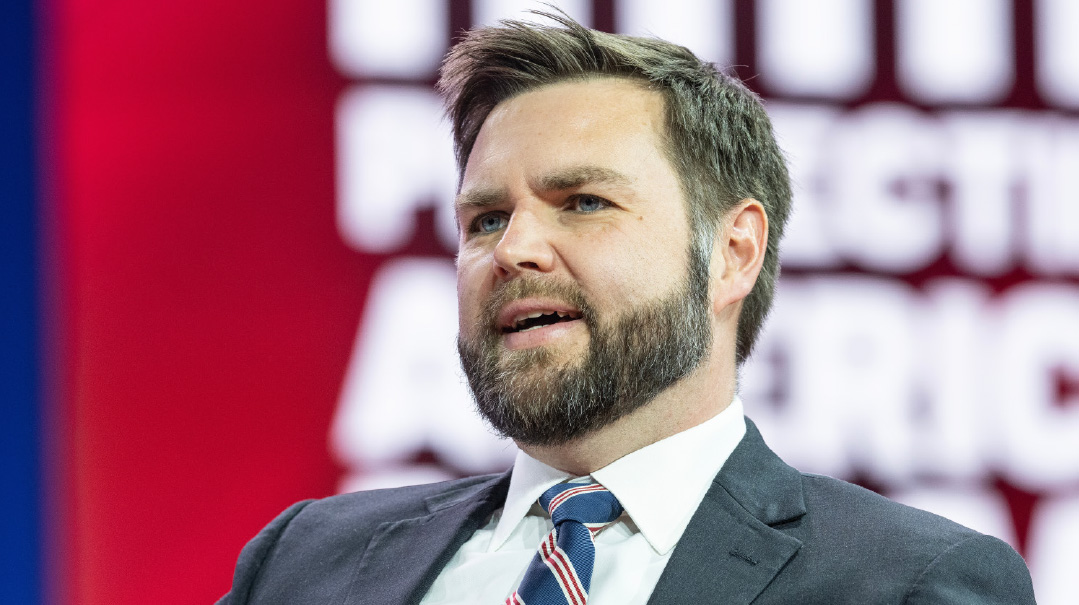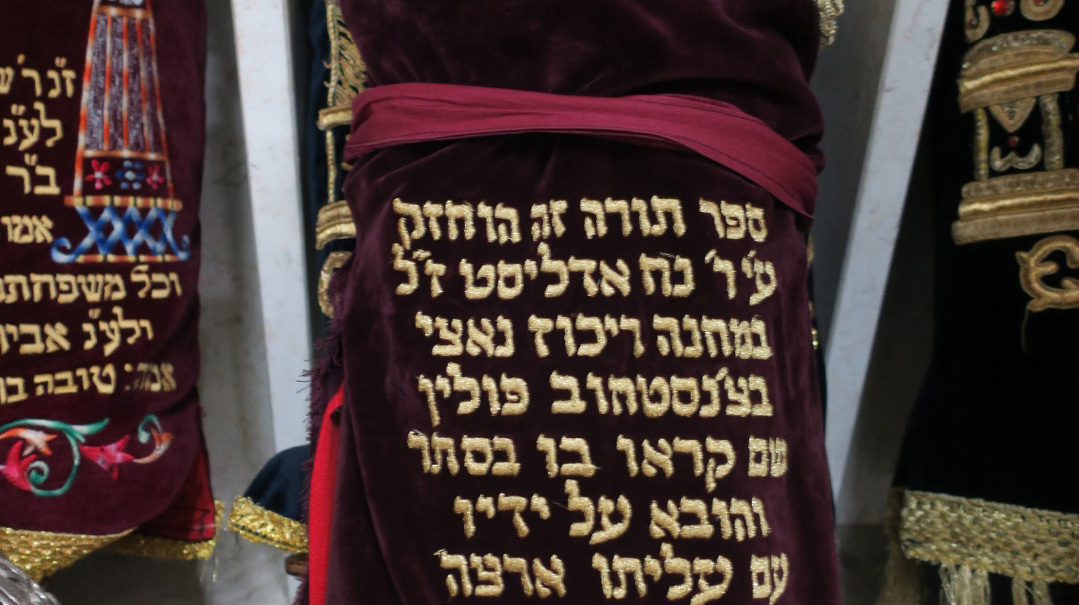Rabbi Moshe Sherer: Leader

Rabbi Sherer remains the inevitable role model for any Orthodox leader to follow because he embodied not just many of the qualities of leadership but all of them
Because I was sitting shivah for my mother the week of the 25th yahrtzeit of Rabbi Moshe Sherer, I was unable to participate in either the Mishpacha symposium or the Agudath Israel of America documentary celebrating his 50 years of public life.
That was a personal loss, as Rabbi Sherer played a very large role in my life. Indeed, I was shocked to learn that it has actually been a quarter century since his petirah, perhaps because I spent nearly a decade writing a lengthy biography of Rabbi Sherer, and he was a constant presence in my thoughts during that period.
In the three decades after he assumed the reins of Agudath Israel from his cousin Mike Tress in 1967, Rabbi Sherer was the most respected and influential Jewish leader in America. Note that I do not say “Orthodox leader,” but Jewish leader of any stripe. And his biography can serve as a guide for any young Jew who aspires, as Moshe Sherer did from an early age, “to do for the Jewish People.”
One who recognized that was the late Rabbi Meir Zlotowitz, the founder of ArtScroll/Mesorah, who not only indulged my interest in historical research and the nitty-gritty of public policy, but insisted upon it. And he did so even at the cost of possibly greater sales. At least one senior figure at ArtScroll once told me that she would have cut at least a third of the book and dropped the technical discussions of major initiatives that unfolded over many years, such as SBCO and AARTS.
But Reb Meir wanted the fullest possible presentation of the historical record on the grounds that the biography would be a handbook for future Jewish leaders. Not only that, he personally performed the laborious task of producing the book’s index as an expression of his love of Rabbi Sherer and gratitude for his support. In the task of detailing the winding course of large projects, we were greatly helped by Rabbi Sherer himself, who kept detailed and meticulously arranged files, and entrusted them to Agudath Israel’s archivist, Rabbi Moshe Kolodny.
No sooner had my biography of Mike Tress, They Called Him Mike, appeared than I received a letter from Rabbi Sherer filled with fulsome praise and a question as to when I would be ready to start work on the second chapter of the Agudath Israel of America story. That letter was vintage Rabbi Sherer, typical of thousands more like it, combining a personal boost for the recipient, while paving the way for future collaboration.
The letter of that kind that best captures what made Rabbi Sherer unique was written to New York governor Hugh Carey, as he was about to enter the governor’s mansion in Albany for the first time. Carey’s wife Helen had passed away during the campaign. When she was dying in the hospital, one of the few people she asked to see was Rabbi Sherer. Her death left Carey not only with responsibility for getting New York state out of a serious financial crisis, but for raising 14 newly orphaned children by himself. Beyond the usual congratulations and prayers for Gov. Carey’s success, Rabbi Sherer’s letter contained a carefully researched list of state officials with whom Rabbi Sherer was close, and who lived near to the governor’s mansion and had children the ages of the Carey children.
Only someone of Rabbi Sherer’s acute sensitivity to the needs of others could have furnished such a list. Not surprisingly, the close relationship that Rabbi Sherer had developed with Carey, when the latter was a Brooklyn congressman, continued to flourish during Carey’s tenure as governor.
RABBI SHERER REMAINS the inevitable role model for any Orthodox leader to follow because he embodied not just many of the qualities of leadership but all of them — including many generally thought not to go together. He was animated by a vision of Klal Yisrael led by gedolei Torah, and could animate others with his fiery oratory in both English and Yiddish. Yet he was not only a visionary, he was a superb administrator able to extract the maximum from his staff, in part by not fearing to give them responsibility.
He possessed a superb understanding of people that grew out of his genuine concern for each individual, including the property staff in the building where Agudah had its offices, who burst into tears upon learning of the passing of the rabbi who never failed to inquire about their well-being and that of their families. That warm heart went with an incisive intelligence able to map out strategies — and change them as needed — over many years to attain a goal.
He was at home with chassidic rebbes, and a trusted advisor to scores of public officials. He served as a bridge figure between two worlds, in both of which he traveled easily: He introduced the Torah world to those who had no previous contact with that world, and he explained the outside world to ours.
Whatever the setting, he never acted or spoke in a way that deviated in any way from the expectations of an Orthodox rabbi. In speaking to public officials, he never lowered himself to be “one of the boys,” and thereby demonstrated that he viewed them as respected, elevated people.
He would not let anyone close to his inner circle about whom he had the slightest suspicion that he might ever reflect badly on Torah Jews or Jewry. He marched under the banner of kiddush Hashem, and wanted to be surrounded only by those who marched under the same banner.
After a long period out of public view because he was undergoing treatments for leukemia, he insisted that his son Rabbi Shimshon Sherer take him to the Agudah summer camps in the mountains to deliver his annual message to the younger campers. On that occasion, he stressed that we do not live for ourselves but to improve life for all those around us.
Rabbi Sherer’s scrupulous honesty and refusal to ever seek favors or special treatment for Agudath Israel was his most powerful calling card with public officials. The blackest day of his public career was when a New York state education official told him that, in light of a series of scandals involving Orthodox institutions, Rabbi Sherer’s verbal affirmation that an institution was legitimate was no longer sufficient (even though there was no suspicion of wrongdoing connected to him). Everything he had built up over a public career stretching back decades had been lost, he felt.
THE QUALITIES OF LEADERSHIP that he developed over his 50-year public career resulted in major achievements for Torah Jewry. Rabbi Sherer was the principal architect of an independent Orthodoxy that no longer relied on mainstream organizations to represent “Jewish” interests in the halls of power or to present the “Jewish” view. His first major initiative upon assuming leadership of Agudath Israel was the creation of the Jewish Observer, which was must reading for two generations of yeshivah and Bais Yaakov products and laid the groundwork for the thriving Torah publishing of today. The Jewish Observer served as a shofar with which to eviscerate the then common portrayal of Judaism as consisting of “three streams.”
Under Rabbi Sherer’s leadership, Agudah undertook major initiatives using a combination of government and private foundation funding. Southern Brooklyn Community Organization (SBCO), an urban renewal project, prevented Boro Park from going the way of Crown Heights. Career Opportunities and Preparation for Employment (COPE) expanded Agudath Israel into training and employment programs for the Torah community.
Rabbi Sherer did not singlehandedly bring these programs into existence — generals do not fight wars alone — but he enlisted top-quality personnel, often quite young, to oversee the multi-pronged efforts, and he provided the necessary government contacts when needed. AARTS, the accrediting agency for yeshivos, which has brought tens of millions of dollars into yeshivah coffers, would never have come into existence but for the series of favorable rulings by Dr. John Proffitt, the US Education Department official in charge of accreditation, with whom Rabbi Sherer enjoyed a close friendship cultivated over many years.
AGUDATH ISRAEL was Rabbi Sherer’s life, and it is no exaggeration to say that he literally gave his life for it. His last major endeavor was heading an Am Echad mission to Eretz Yisrael. The night before the mission, a small group gathered at Jerusalem’s Central Hotel to plan strategy, in which I was included. Uncharacteristically, Rabbi Sherer fell asleep during the meeting. I walked him back to his room after the meeting, and he confided that his doctor had diagnosed him as having pneumonia prior to the trip and advised him strongly against traveling. I went home that night and told my wife to daven that the predicted snowstorm prevent the mission from taking place, as there was no way that Rabbi Sherer could lead it.
Yet at the opening press conference the next morning, and throughout interviews in Hebrew with the media, Rabbi Sherer was at the top of his game. When Haim Shapiro of the Jerusalem Post tried to trap Rabbi Sherer with a question, the latter easily parried him. Through a busy, multi-day schedule, Rabbi Sherer did not falter, though he turned over certain duties to trusted lieutenants, like Rabbi Chatzkel Besser. Only after a series of meetings at the homes of gedolei Yisrael did he finally collapse. By the time Dr. Paul Rosenstock, who was traveling with the delegation, examined him and received his blood test results, it was clear that his leukemia had returned full throttle.
He would pass away a few months later, on the day of Agudath Israel’s annual dinner, at which then vice president Albert Gore urged the mournful crowd not to think about “how far you’ve come” but about “how far he brought you.”
We will not see his like again.
(Originally featured in Mishpacha, Issue 962. Yonoson Rosenblum may be contacted directly at rosenblum@mishpacha.com)
Oops! We could not locate your form.







